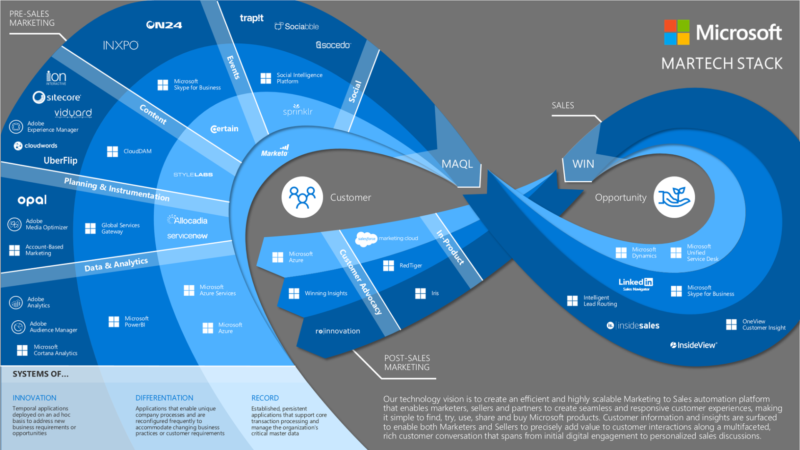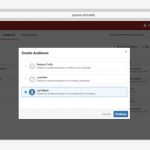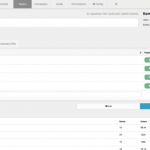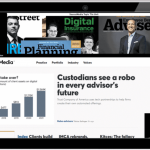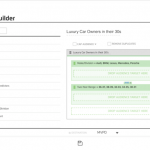3 key takeaways from MarTech San Francisco 2017
Contributor Sheldon Monteiro insightfully wraps up the key themes of last week’s meeting of the martech minds.
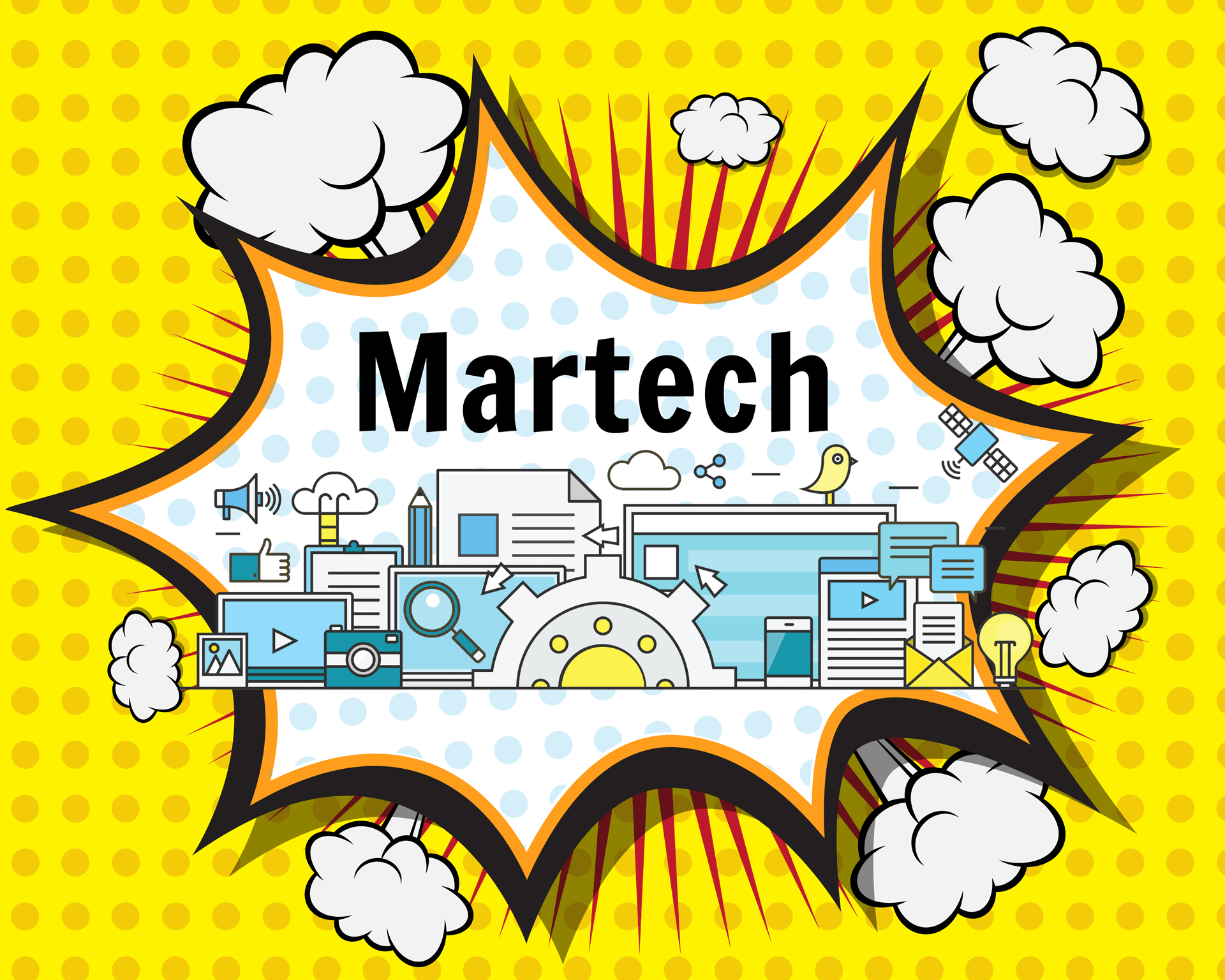
The 2017 MarTech conference in San Francisco is over, and it’s safe to divulge the event’s WiFi password: martech5000. Despite the awesome sci-fi ring to it, it actually represents the 5,381 solutions on Scott Brinker’s ever-expanding Marketing Technology Landscape chart.
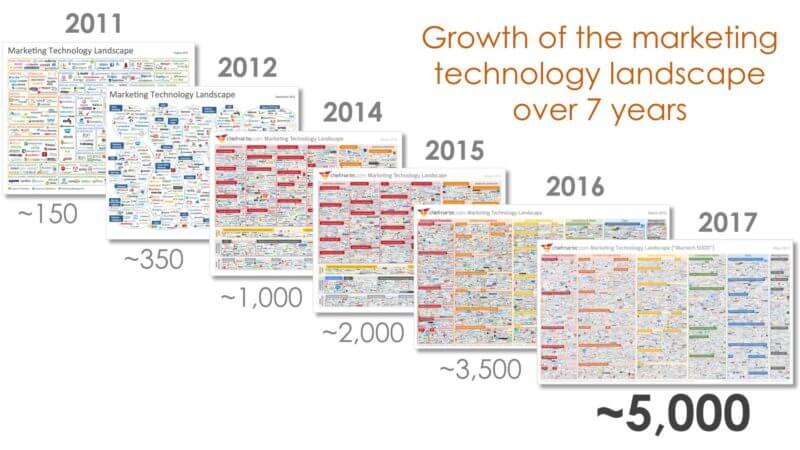
Source: Chiefmartec.com
During this week’s conference, many discussions — both onstage and offstage — focused on how to parse the many martech options available today.
Of course, determining the right solution depends largely on your strategy and goals. But, as we heard this week, there are many other considerations, including your current technology assets, your willingness to change from the inside out, and, most importantly, the needs of your customers.
M-architecture is more important than ever
The conference kicked off with the Stackies Awards, an incredible behind-the-scenes view of marketing technology being used in the real world by companies today. With 5,000+ solutions to choose from, it is invaluable to study how large organizations like Beiersdorf, Microsoft and Cisco, or smaller, innovative companies like Red Wing Shoes, use a “stack” of technologies.
Each of the 57 Stackies entrants submitted a one-page, typically informal depiction of their marketing technology system’s structure and interactions. These marketing technology architectures, or “marchitectures,” provide a view into how real companies have assembled components to deliver marketing experiences. The better entrants even provided a glimpse into the underlying design philosophies and connectedness.
Marketing always has been and always will be about differentiation. Even with 57 Stackies submissions this year, no two marketing stacks were the same — reinforcing the fact that there is no one-size-fits-all solution. The explosion of martech solutions is fantastic news for marketers seeking to differentiate. But the vast choice can be confusing.
Today, more than ever, organizations must think about their marketing technology through the lens of architecture — as organized layers that each have a purpose, like plumbing, electricity and the other components beneath the drywall in a construction project. For example, Microsoft’s martech stack demonstrates three layers of underlying technologies — systems of record, systems of differentiation and systems of innovation.
Martech vendors appear to have grasped the importance of architecture: one in five of the vendors on Scott Brinker’s landscape diagram described themselves as “platforms.” Prospective buyers are advised to examine those claims closely; a true platform is not just capable of providing a foundation for other software to run on, but has a demonstrated track record of attracting third-party software vendors to utilize their platform to build upon. It’s improbable that the more than 1,000 vendors making the platform claim actually meet these criteria.
Creating connected customer experiences requires connecting the individual martech solutions, not only to streamline operations, but also to deliver the most coherent and connected journey for the customer. Spotify VP of Growth & Marketing Mayur Gupta amplified the idea that designing and maintaining these stacks is a blend of art and science, and that the key to their success throughout the company’s growth trajectory and the customer journey is having someone “to orchestrate the symphony.”
Get obsessed with your customer
In the Mel Brooks classic, “Blazing Saddles” the people of Rock Ridge work all night to build a replica of their town so the real thing won’t be destroyed by an army of thugs. Just when they’re patting themselves on the back for a job well done, they realize they’ve forgotten the most important part of a town: people.
All too often, we see a lot of focus on ad tech and martech, and little consideration for the overall customer experience with the brand. We’re forgetting customers far too often. For example, eConsultancy found that 81 percent of consumer brands say they have a working holistic view of their customers. But many consumers don’t feel understood by brands: only 37 percent say their favorite retailer understands them.
Marketing and its supporting technology are about creating connected customer experiences — across attraction, engagement, transaction and retention — aligned with a brand promise. Connected experiences don’t end with a lead handed off to sales, or even a sale. Those events are merely the beginning. The best martech focuses on customer journeys and takea an outside-in view from the customer’s perspective — including insights into where she will be and what she wants to achieve or feel.
As Marketoonist’s Tom Fishburne put it in his keynote address, most companies are still in the “awkward adolescence” of martech: the equipment is in place, but they’re not yet mature enough to know exactly what to do with it. Those who get the most from their marketing stacks make every technology decision based on the customer.
Red Roof Inn, for example, maximized impact despite a tight budget by focusing on customer “micromoments” (such as being stranded at an airport due to a canceled flight) and orchestrating their ad buying and landing pages to provide for the customer’s need in that moment.
Flip the funnel
What Red Roof Inn got right was not as much its tools or even the way they designed their stack. Instead, it was their mindset. While we’ve all been discussing delivering the right message to the right person at the right time for many years, this company chose to be honest about what they have to offer, who they should offer it to, and when, and they designed their marketing and tech to follow suit.
The world is full of individual people with individual needs. Martech now enables us to treat them as such, and consumers demand it. Yet many marketing departments still rely on the traditional funnel and linear, static customer journeys — even while standing up and discussing the need to market to individual accounts or people rather than segments.
But what if we engaged a different perspective on the mandate for customer-centricity? The solution suddenly seems obvious: Why don’t we quite literally turn the purchase funnel on its head? Why don’t we treat each customer as a segment of one?
This shift in mindset not only walks the talk of customer-centricity; it also drastically simplifies an organization’s approach to their marketing stack, where every tool is chosen and orchestrated to deliver unique customer journeys to each customer. As my colleague Alex Toledo put it, “the shortest distance between a brand and a customer is a conversation.” What is the point of having a conversation with a brand if everyone is having the same exact conversation? When every tool — from AI to analytics, content to commerce, message to medium — is implemented and arranged to deliver unique experiences, those customer conversations and experiences are more effective, more valuable and more scalable in real time.
I, for one, quite like the idea of conducting a talented orchestra for an audience of one. I guarantee they’ll tell their friends all about it.
Some opinions expressed in this article may be those of a guest author and not necessarily Marketing Land. Staff authors are listed here.
Marketing Land – Internet Marketing News, Strategies & Tips
(45)

